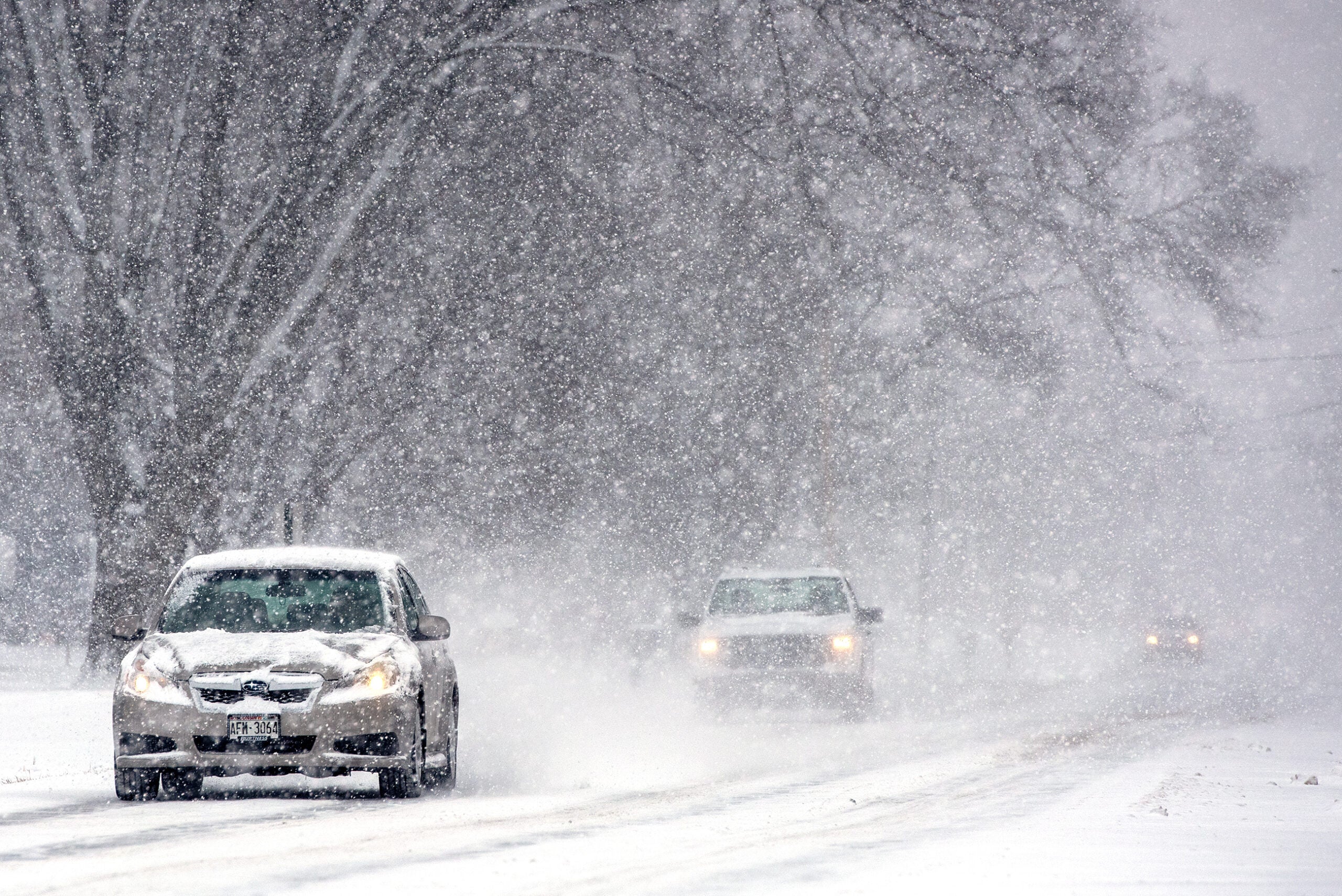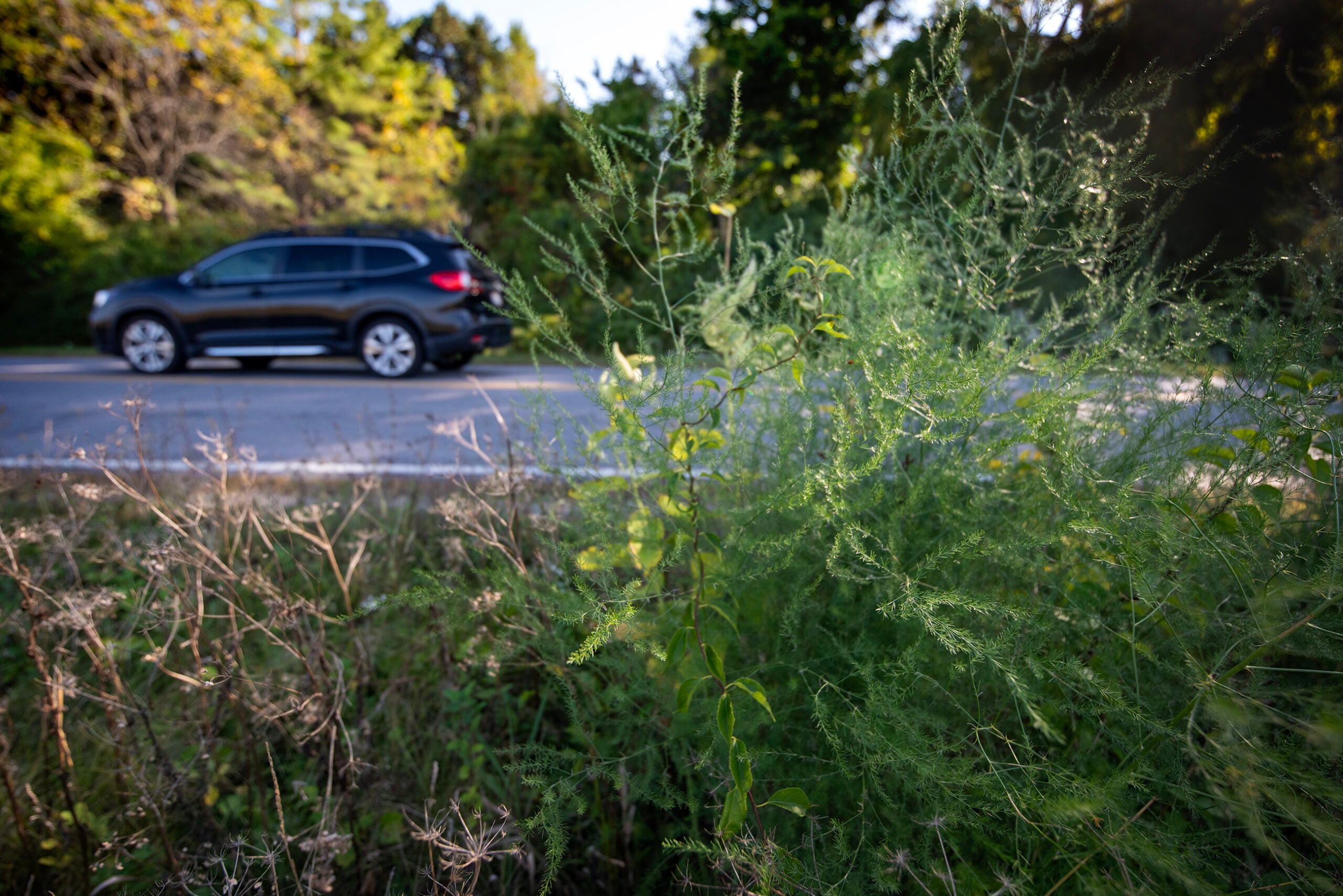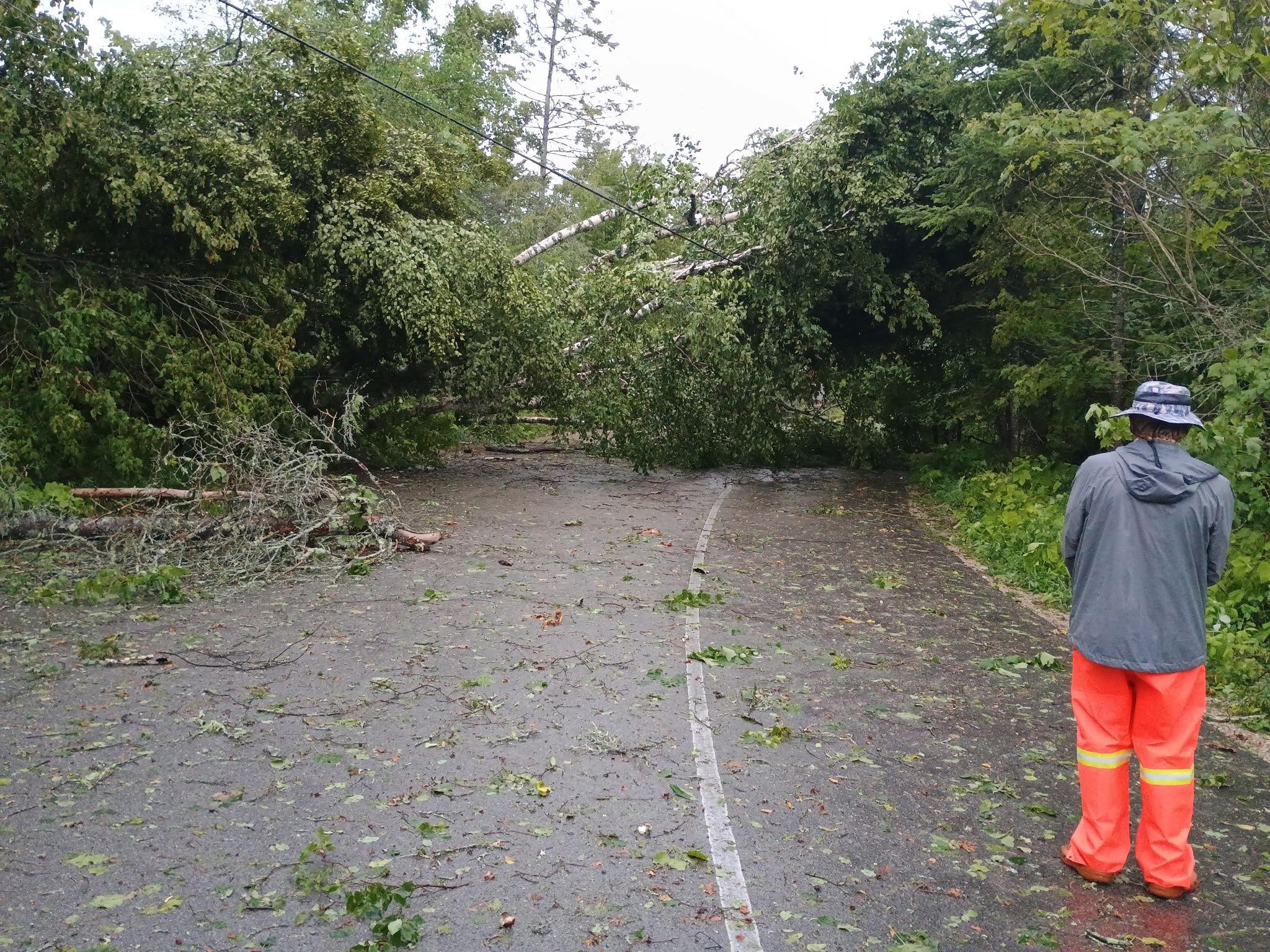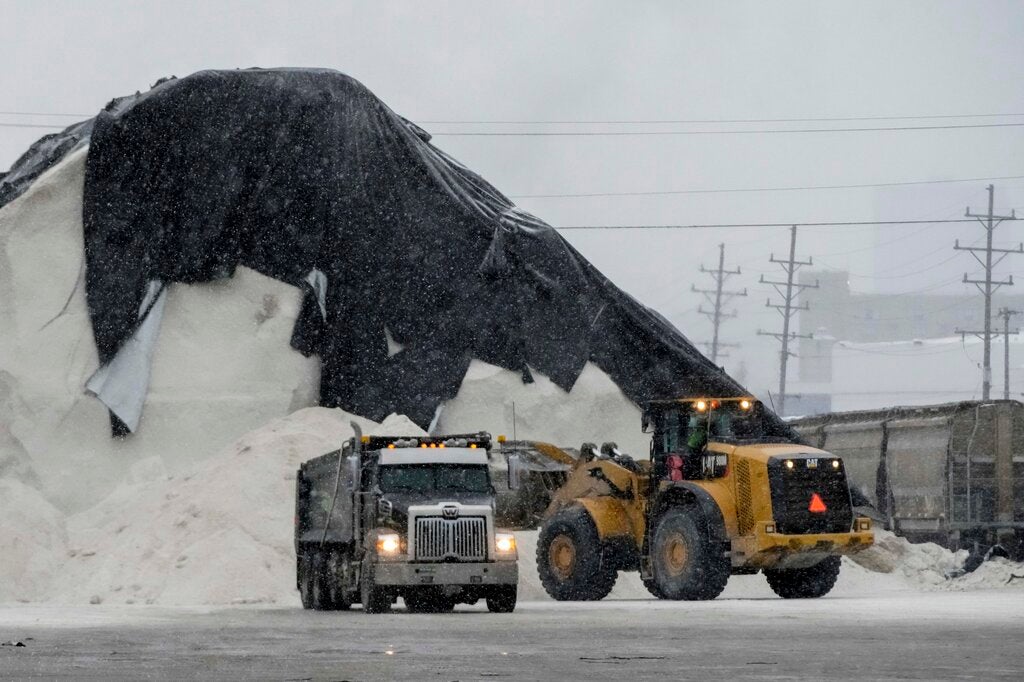In Green County, on the southern border of Wisconsin, trucks this winter are responding to icy roads by spreading a salty, watery byproduct from a local cheesemaker.
County authorities say this brine is proving to be a cost-effective way to reduce the use of rock salt.
“The benefits also are the amount of salt that we’re putting back into the environment. We all rely on groundwater or surface water for drinking or for recreation,” said Green County highway commissioner Chris Narveson.
News with a little more humanity
WPR’s “Wisconsin Today” newsletter keeps you connected to the state you love without feeling overwhelmed. No paywall. No agenda. No corporate filter.
In a recent interview with WPR’s “The Morning Show,” Narveson said the brine comes from Grande Cheese, which is based in Fond du Lac and has production facilities across Wisconsin. He discussed why the county distributes the mixture as well as aims to expand the use of cheese brine next winter.
The following has been edited for clarity and brevity.
Courtney Everett: The U.S. Environmental Protection Agency says the most common type of salt used on roads is sodium chloride, or basically the same salt on dinner tables. Does this cheese brine include some sort of salt?
Chris Narveson: Yes, there is salt in cheese brine. What I never realized was that all of these cheese factories, the cheese brine that they use — the salinity — is a trade secret. When we get our cheese brine from the cheese factory, they blend it to our specifications. We want it between 20 and 22 percent salt. It flows through the trucks better. It won’t freeze.
CE: Explain how the Green County Highway Department receives the cheese brine and then distributes it on local roads.
CN: We have a tanker truck, and we will park it at the cheese factory. When they’re ready for us to take a load, we load up that tanker. It’s about 6,000 gallons. Then, we transport that to our holding tank. We’ve got about a 50,000 gallon capacity right now.
We’re going to add to this next summer, now that we have more trucks coming online being able to use the brine. Last year, we went through just shy of 100,000 gallons of brine. It sounds like a big number, but there’s counties out there doing more brine than we are.
CE: What counties are doing brine such as yours?
CN: I would venture to say almost all the counties now are starting to venture into the brine area. Very few of them are using cheese brine as we are. You have to be located close enough to the cheese factory to be able to get that.
CE: I know Burnett County and Polk County previously used cheese brine on their roads. The counties then stopped when their local cheese factory closed. This is according to a recent article from Business Insider. Is that closure trend a concern for you?
CN: I like to consider Green County the capital of cheese. … There’s a lot of cheese in this county.
CE: You said you’re adding a few more trucks to the fleet. How did that process come about?
CN: The problem with going to liquid is that you have to have a truck big enough to carry because you’re carrying a lot more weight. … The interesting thing is that I got people saying, “Well, we can’t get to this. We can’t do this, because our trucks are too small.”
Well, OK, then we need bigger trucks. Well, guess what, our parking facilities are too small.
We have an old shop, so we have things we have to figure out. We have to figure out other warm areas, because we park our trucks in a tempered environment.
It’s the trucks. It’s the places to put them. We’re working our way there.
CE: How much does using this cheese brine cost Green County compared to the cost of using just road salt?
CN: Road salt, we run through about 4,000 tons countywide. A ton of salt is going to cost you to get it here. It’s about $100 a ton to get it here and put it down.
Green County is the No. 2 least salt user in the southwestern district for the state of Wisconsin. Well, you might look at that and go, “Wow, you’re really doing really good.” But to put that in perspective, the No. 1 least user is almost half the amount per lane mile as what we are because they’re almost entirely dry.
CE: Where is that?
CN: Jefferson County is the leader of brine usage. That’s not cheese brine, just brine usage in general.
CE: Is there a distinct smell to the cheese brine on roads?
CN: When we pick it up, it is filtered before we get it. We filter it from the tank to our holding tank. It’s filtered when they pull it back out of those tanks into the truck, and then it’s filtered before it hits the road again. Any solids that might come back through there are by and large removed.
The answer to the question is not really, if we’re getting it fresh from the factory. I will say that it might have a little bit of an odor.
CE: Could other Wisconsin counties adopt Green County’s cheese brining practice this winter?
CN: It’s going to be a factor of hauling. It’s just like anything: The farther you have to go to get it, it’s not as economical to you as it is if it’s closer. But the problem other counties have with it is if you don’t have the set up, it’s hard to use it. But the state is really pushing. They’re buying high capacity brine makers for counties statewide. I think the future is going to be more brining.
Wisconsin Public Radio, © Copyright 2026, Board of Regents of the University of Wisconsin System and Wisconsin Educational Communications Board.




